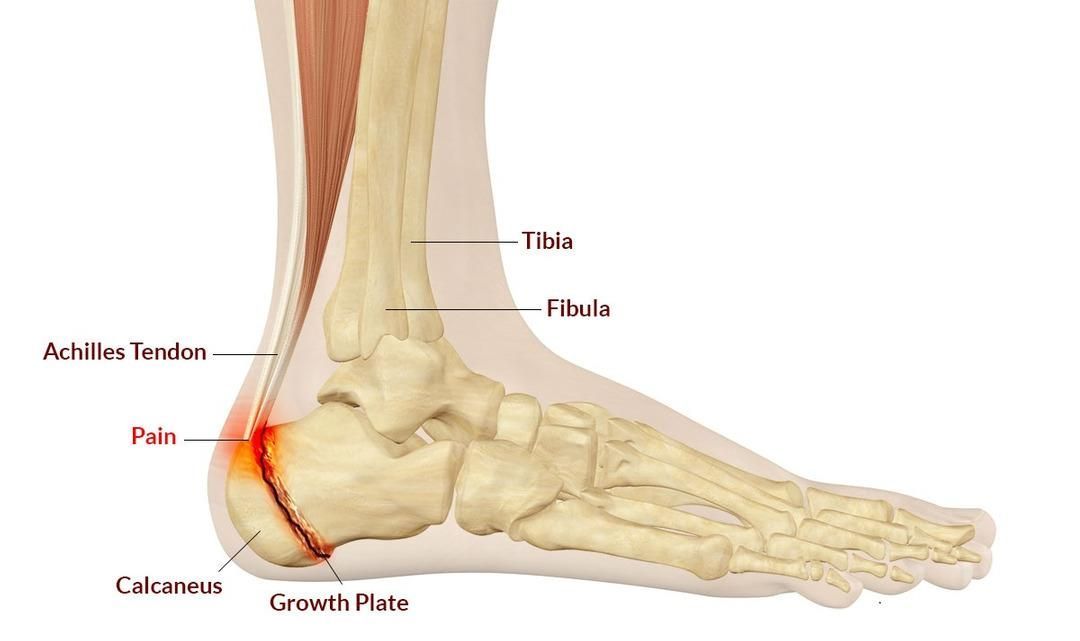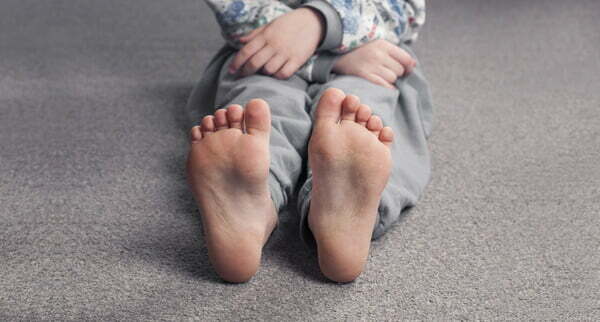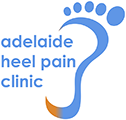Sever’s Disease Treatment Fullarton

Recognising Sever’s Disease: Common Symptoms in Children
Sever’s Disease might be affecting your child if they exhibit the following symptoms:
- Pain that gradually increases over a prolonged timeline.
- Heightened pain linked to participation in sports.
- Heel pain that may be more pronounced when barefoot, especially in the morning.
- Tenderness in the heel area when pressure is applied.
What Are The Causes Of Sever’s Disease?
In a growth spurt, the heel bone grows more rapidly than the muscles, ligaments and tendons in the leg. When the bones grow faster than the muscles, the Achilles tendon that attaches the leg muscles to the heel gets tight. It pulls on to a weak spot on the heel (growth plate). The growth plate of the heel is cartilage that has not yet to turn to bone and is prone to inflammation at the attachment site because of excessive pulling of the Achilles. This causes it to separate from the heel, fibre by fibre. There are a number of reasons why constant tearing of the Achilles away from the heel occurs leading to inflammation:
- Growth of the child has made the bones longer than the muscles
- Excessive over-pronation (flat feet)
- Tight calves
- Poor/soft footwear
- Excessive sporting participation
Treatment for Sever’s Disease
At Heel Pain Clinics of Adelaide, we implement the specialised ‘Don’t Severs Your Child’s Foot System‘ to alleviate the primary causes leading to heel growth plate stress in Sever’s Disease.
The system includes our ‘Heal Your Heel System‘, which consists of three essential components:
- Your Child’s Homework: Exercise Regime
- Address Any Bad Footwear
- Addressing Biomechanics
If your child has Sever’s Disease we have a 94% success rate with this program.


Ultimate 7 Step Checklist to Heal Your Morning Heel Pain
Gap Free Heel Pain Assessments*
We offer a GAP FREE ASSESSMENT* for heel pain under your health insurance.

Book Online in less than 60 Seconds
Join over 20,000 South Australians who are now pain free!
